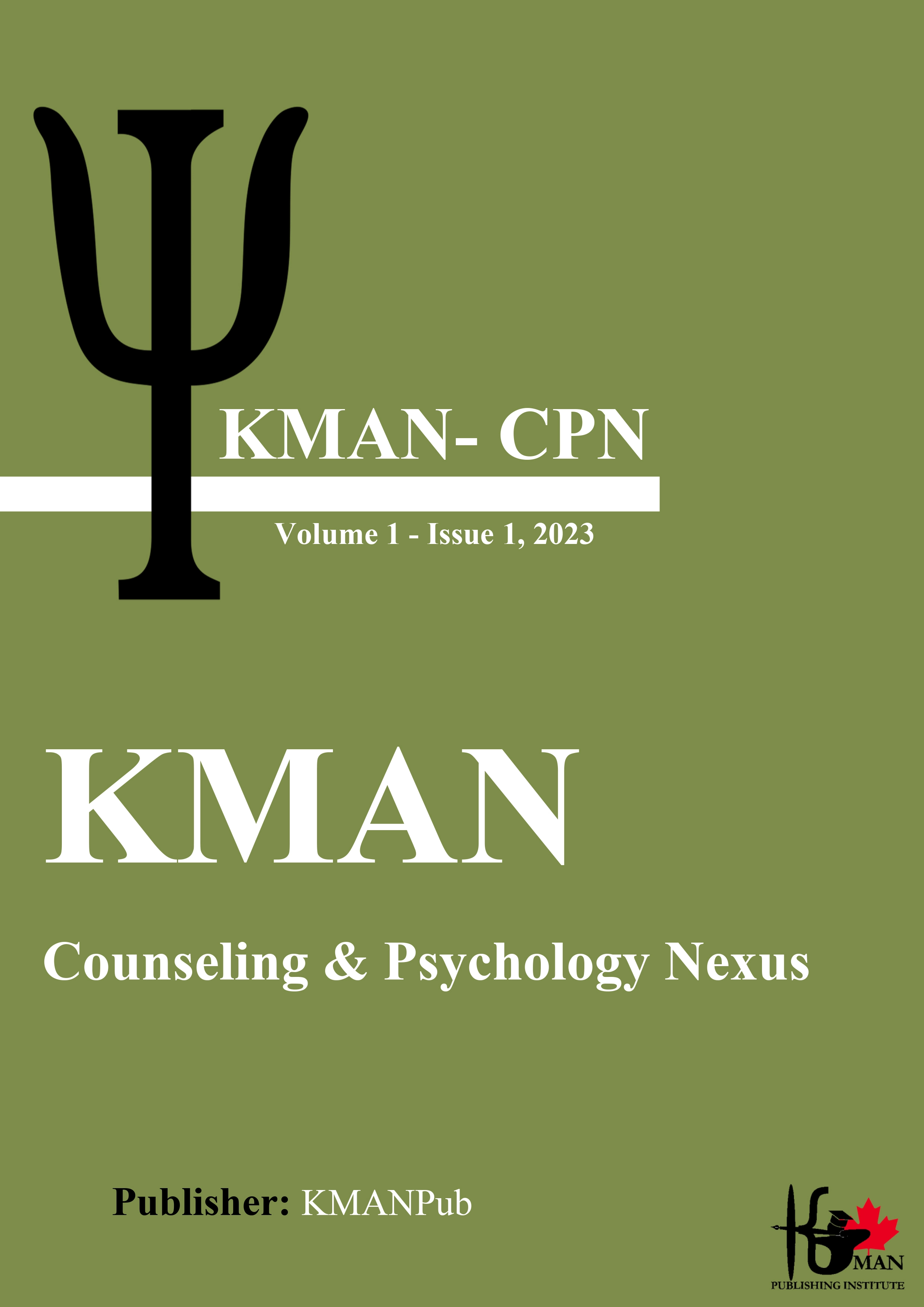Understanding and Managing Falling in Love Syndrome for Marriage Among Marriage-Seeking Youth: A Grounded Theory
Keywords:
falling in love syndrome, marriage, youth, expert counselors, grounded theoryAbstract
The present study aimed to examine the components of falling in love syndrome for marriage among young individuals seeking to marry. This qualitative research was conducted using Charmaz’s (2014) grounded theory approach. The research setting consisted of expert marriage counselors, from among whom nine were selected. The research instrument was a semi-structured interview focusing on this syndrome. Data obtained from the interviews were analyzed using Charmaz’s (2014) method. The findings revealed that the resulting grounded theory included three main dimensions: (1) The nature of falling in love syndrome, which was categorized into emotional symptoms (with axial codes: hopefulness, anxiety, fear, ambivalence), behavioral symptoms (with axial codes: inability to continue relationships and inability to initiate marriage), and cognitive symptoms (with axial codes: beliefs in individual and familial incompatibility); (2) Etiology, including causes before the age of five (with axial codes: perception of parental conflict, insecure attachment style, and the schema of rigid standards), and causes during adolescence and early adulthood (with axial codes: premarital relationships with the opposite sex and social comparisons); (3) Treatment, comprising emotional regulation strategies (emotional modulation, acceptance, and relational resilience), cognitive interventions (with axial codes: schema therapy and allowing space for maladaptive cognitions), and behavioral strategies (with axial codes: vicarious learning, goal-setting, and planning). Based on the findings of this study, it can be concluded that falling in love syndrome is a condition that may delay or obstruct marriage, but there is hope for recovery through corrective interventions.
Downloads

Downloads
Additional Files
Published
Submitted
Revised
Accepted
Issue
Section
Categories
License
Copyright (c) 2025 Omid Saranjam (Author); Zahra Yousefi (Corresponding Author); Mohsen Golparvar (Author)

This work is licensed under a Creative Commons Attribution-NonCommercial 4.0 International License.







